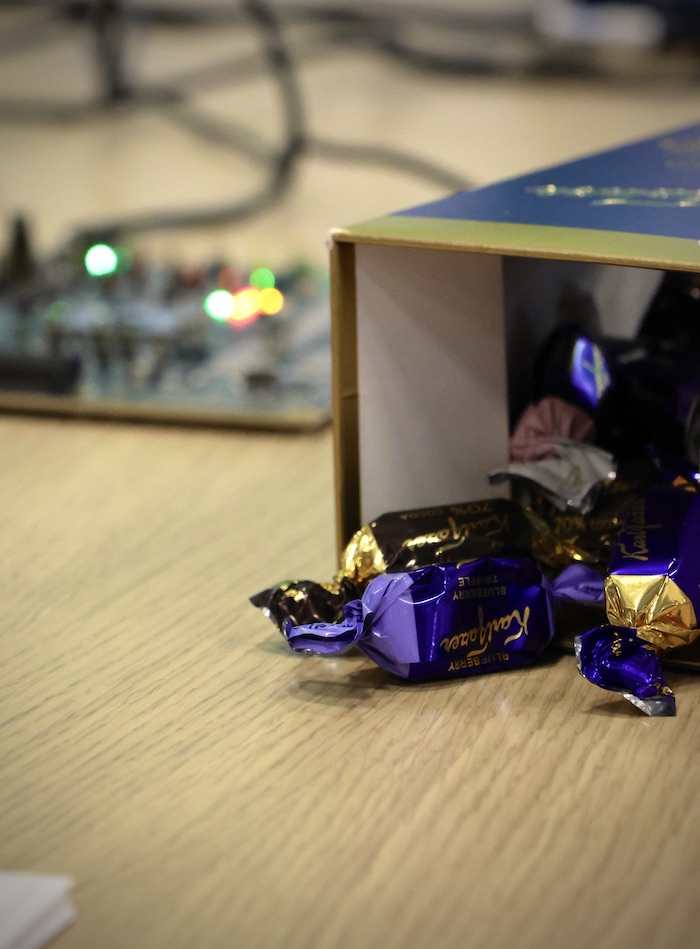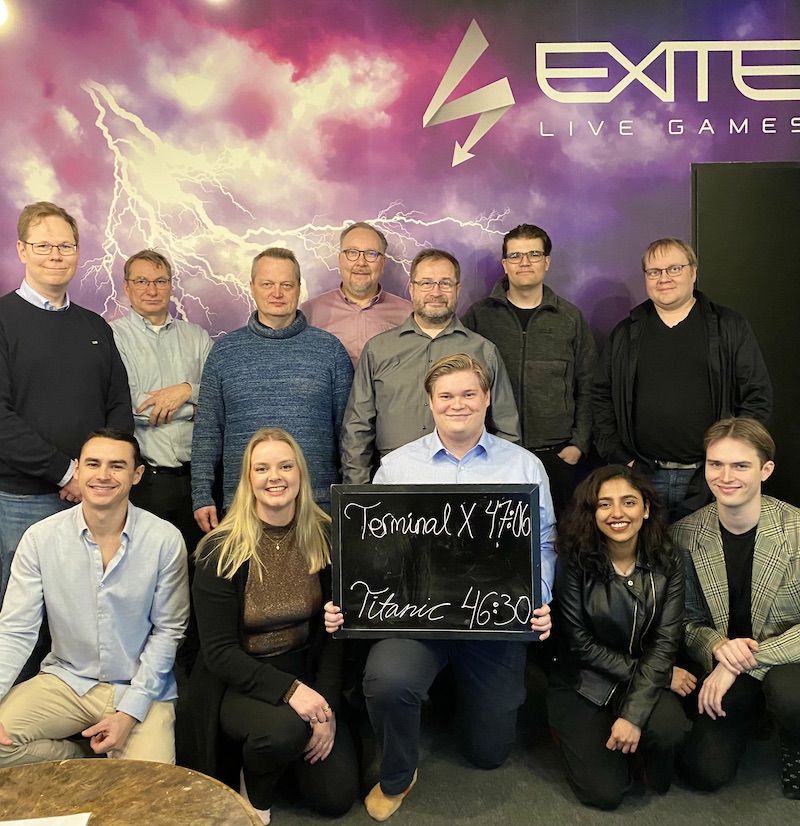New year, bigger team
The new year started with new team members: Product Manager Fatiqa Nadeem and Senior Cryptographic Engineer Estuardo Alpírez-Bock joined the team in the beginning of January. In late January we also hosted the first webinar of the year in Xiphera’s Cryptography Under the Hood webinar series, where our co-founder and CEO Matti Tommiska discussed randomness and random number generation.
In January, we released the first product in our xQlave® family of Post-Quantum Cryptography (PQC): ML-KEM (previously CRYSTALS-Kyber) implements quantum-secure Key-Encapsulation Mechanism (KEM) algorithms that were selected as winner algorithms of the PQC standardisation process by U.S. NIST (National Institute of Standards and Technology) in 2022.
Exciting things were also happening in our sales and partner sector. Xiphera strengthened its global sales team with Akyra Pagoulatos, Sales Director of North American markets. We also announced two sales network partnerships for Asian markets: with MuSpark Technologies for the Indian audience, and with Spinnaker Systems for the Japanese market.
Events, products, and partnerships
The second quarter of the year was busy for us with multiple events and product updates. We attended numerous conferences, webinars, and seminars around the world, including the large conferences Embedded World in Nurnberg, Germany, and RSA Conference in San Francisco, United States. We also hosted the second webinar of the year, where our co-founder and CTO Kimmo Järvinen and Mr. Mark Frost from Intel discussed the use cases of TLS applications and using PQC in the TLS 1.3 protocol.
In April, we released a new IP core for lightweight cryptographic suite called Ascon, offering a smaller alternative for devices with limited resources, as well as announced ML-DSA (previously CRYSTALS-Dilithium) IP core, an extension of digital signatures for the xQlave® PQC portfolio. We also published ASIC product briefs for our IP core portfolio.
During spring, we announced a new partnership with Microchip Technology, as well as welcomed a new team member, thesis worker Henri Tuovinen. We also received a trademark registration in the European Union for our xQlave® product family.

Ground-breaking cryptography news
After the summer holidays, we were back in business by receiving the CAVP validations from NIST for the first batch of IP cores. In the second CAVP validation batch in November, we now offer CAVP validation for all relevant IP cores in our portfolio. We also extended our Random Number Generation product family with two Pseudorandom Number Generator (PRNG) IP cores.
In late-August, the cryptography community received exciting news from NIST, with publication of the first drafts of the PQC standards – Xiphera follows the standard process actively and develops the xQlave® product family accordingly.
September brought news from the sales and partner sectors, when the international sales team grew with Tomi Jalonen for Central European semiconductor markets. We also announced a new technology partnership with the eFPGA company QuickLogic – together, Xiphera and QuickLogic hosted a webinar and published a white paper discussing PQC on eFPGAs in September.
Xiphera also received an Honourable Mention at the Taiwan Innotech Expo Awards, and published a new website during the autumn.
R&D and team building
The last two months of the year have been very busy in terms of product announcements. In November, we boosted our performance by releasing the new Extreme-Speed Solutions family, with extreme-speed AES-GCM and MACsec IP cores, and at the same time announced the upcoming high-speed ECC IP core. In late November, our brand-new Crypto Module IP core was introduced – a versatile and multi-purpose solution for cryptography offloading and security enhancement.
Finally, just before the Finnish Independence Day, we announced support for extreme-speed IPsec core – a new addition to the Security Protocols family, with which Xiphera now offers security for the three most critical communication layers of hardware-based security (MACsec, IPsec, and TLS) – read more about our Security Protocols family.
With a busy beginning for the winter season, we also took team work to the very next level at our Christmas party by solving our ways out from two escape rooms in the heart of Helsinki. The year has been very eventful for Xiphera, and the team has grown both in the headquarters as well as globally. We look forward to the new team members and opportunities that 2024 will bring us!
The whole Xiphera team wants to thank everyone for the year 2023. Now it is time to take a little rest during the holiday celebrations, and get back to work with relaxed and motivated mindset in January, 2024.

Happy Holidays and New Year!




